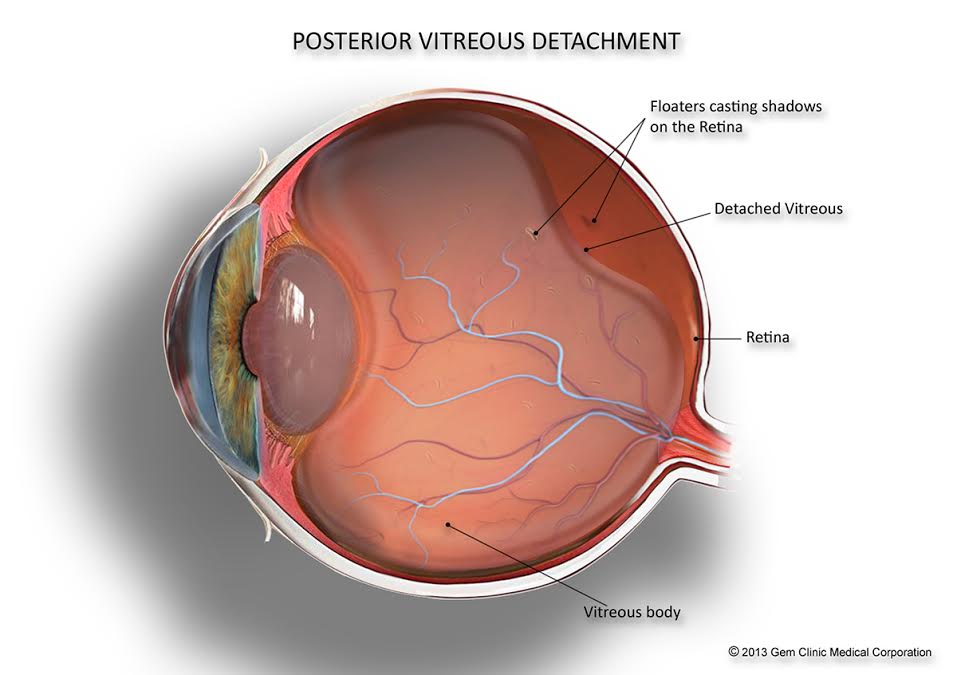Local Glaucoma Service Near Me: Very Early Detection and Therapy Options
Local Glaucoma Service Near Me: Very Early Detection and Therapy Options
Blog Article
Understanding the Various Vision Adjustment Procedures Available for Clearer Sight
In the realm of vision modification procedures, a plethora of options exist to deal with refractive errors and offer people with more clear sight. Let's explore the details of these procedures and lost light on the course to attaining enhanced vision clarity.
LASIK Surgical Procedure
LASIK surgical procedure is an usual refractive procedure used to correct vision troubles such as farsightedness, astigmatism, and nearsightedness - glaucoma service near me. This medical strategy, which represents Laser-Assisted sitting Keratomileusis, aims to improve the cornea to boost how light is focused on the retina, ultimately improving vision clearness. During the treatment, a slim flap is developed on the cornea, and a laser is used to get rid of exact quantities of tissue to improve it properly. This improving enables for light to be accurately concentrated onto the retina, correcting refractive mistakes.
Among the primary advantages of LASIK surgical procedure is the rapid renovation in vision experienced by clients. Many individuals observe a substantial improvement in their eyesight immediately after the procedure. In addition, the majority of individuals report marginal discomfort and discomfort during the surgical treatment and recovery period. The recuperation time for LASIK is fairly quick, with numerous people going back to their everyday activities within a day or more post-operation. In general, LASIK surgical treatment is a prominent selection for individuals seeking a lasting solution for their vision troubles.
PRK Treatment
While also an usual refractive procedure, the PRK (Photorefractive Keratectomy) strategy varies from LASIK surgical procedure in its strategy to fixing vision problems. In PRK, rather than creating a flap on the cornea, the outer layer of the cornea, called the epithelium, is completely eliminated. This allows the laser to reshape the cornea to fix refractive errors such as farsightedness, nearsightedness, and astigmatism directly on the surface area.

In spite of the longer recovery time, PRK can produce excellent lead to vision improvement, making it a valuable choice for those who may not be appropriate prospects for LASIK surgical treatment.
Implantable Lenses
Unlike PRK where the cornea is improved directly, implantable lenses offer an additional approach for fixing vision by inserting synthetic lenses inside the eye. This treatment is specifically valuable for people with high degrees of astigmatism, farsightedness, or nearsightedness that might not appropriate candidates for laser surgical procedures like LASIK or PRK.
Implantable lenses, likewise referred to as phakic intraocular lenses, work by supplementing the eye's all-natural lens with a synthetic one. eyecare near me. These lenses can be positioned in front of the all-natural lens (anterior chamber) or behind the iris and in front of the natural lens (posterior chamber) By adjusting the power and positioning of these lenses, ophthalmologists can properly deal with refractive errors and enhance visual acuity
One advantage of implantable lenses is that they are exchangeable and removable, supplying versatility for future modifications. As with any type of medical procedure, there are dangers included, such as infection or cataract development. Patients considering implantable lenses need to seek advice from an eye care professional to figure out the most appropriate choice based on their specific requirements and eye health.
Corneal Rings
Corneal rings, also referred to as intracorneal ring segments, are small, transparent tools put into the cornea to fix vision distortions such as keratoconus. Keratoconus is a condition where the cornea thins and bulges external, causing vision to come to be distorted. The insertion of corneal rings helps to squash the cornea, enhancing aesthetic skill and decreasing the uneven astigmatism triggered by keratoconus.
The treatment for putting corneal rings is fairly quick and minimally invasive, typically executed as an outpatient treatment. During the surgical treatment, the eye doctor makes a little cut in the cornea and inserts the Clicking Here rings at a specific deepness. Once in position, the rings help to improve the cornea, offering a smoother surface for light to go into the eye, which can lead to clearer vision.
Corneal rings are thought about a reversible procedure, as they can be eliminated or changed if required. eyecare near me. While they may not entirely remove the need for glasses or call lenses, corneal rings can significantly enhance vision top quality and total aesthetic convenience for people with keratoconus or other corneal irregularities
Refractive Lens Exchange
Following the improvement of corneal abnormalities with treatments like corneal rings, another vision adjustment method that can deal with refractive mistakes is Refractive Lens Exchange (RLE) RLE is a procedure that entails changing the eye's natural lens with a man-made intraocular lens (IOL) to deal with refractive errors such as presbyopia, nearsightedness, and farsightedness. This treatment is specifically beneficial for individuals who might not be appropriate candidates for treatments like LASIK or PRK as a result of aspects such as slim corneas or high refractive mistakes.

Verdict
In conclusion, there are various vision improvement procedures available to help individuals accomplish more clear view. LASIK surgery, PRK treatment, implantable lenses, corneal rings, and refractive lens exchange are all options that can address various vision concerns.
In the world of vision adjustment treatments, a multitude of alternatives exist to address refractive mistakes and give individuals with more clear view.LASIK surgical treatment is a typical refractive procedure made use of to fix vision issues such why not look here as astigmatism, nearsightedness, and farsightedness.While additionally an usual refractive procedure, the PRK (Photorefractive Keratectomy) technique differs from LASIK surgical treatment in its approach to remedying vision issues.Complying with the adjustment of corneal abnormalities with procedures like corneal rings, an additional vision modification strategy that can resolve refractive errors is Refractive Lens Exchange (RLE) LASIK surgical procedure, PRK treatment, implantable lenses, corneal rings, and refractive lens exchange are all options that can deal with various vision problems.
Report this page